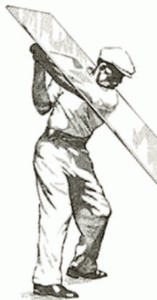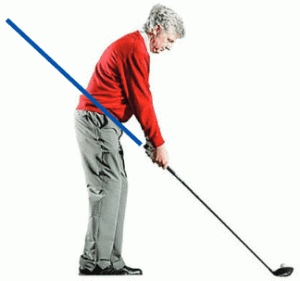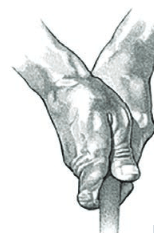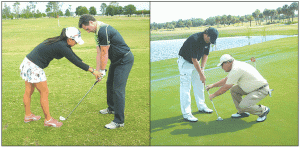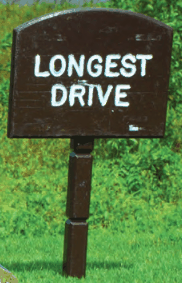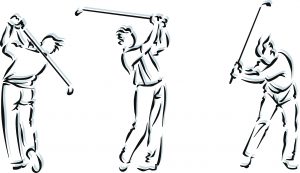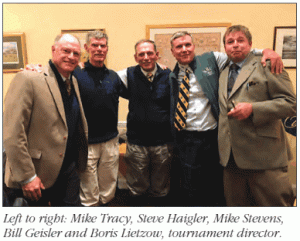The Vision Telescope
 By Norm Crerar, USGTF Contributing Writer Vernon, British Columbia
By Norm Crerar, USGTF Contributing Writer Vernon, British Columbia
I have been in the recreation business for over 50 years, both actively and lately as a consultant. Most of my time was spent in the ski industry as an active player and the golf industry a participant and consultant. I ski recreationally – and still do some teaching – and golf recreationally. As a result of my unique background, I have trouble just going out there with a clear mind just skiing or golfing. I am constantly looking around at what is out of place, asking myself why doesn’t someone fix this or adjust that, make a subtle change here or there that would give the visitors a better experience, or save the company some money. I love it! I am concerned, though, as both the ski industry and the golf industry are suffering from the same thing, declining numbers of participants. Some of this was due to the economy, but most is due to the Baby Boomers getting older or disappearing for health reasons. Shockingly, there are very few programs designed to get more people skiing and/or golfing more often.
Back in the 1970s, skiing had a program called GLM (Graduated Length Method). The clients started on very short skis on very gentle terrain, and as soon as they could turn the skis easily, they graduated to slightly longer skis and were taken to the top of the mountain, where they skied down a specially-tailored run that got them to the bottom quickly and safely. This was instant success for almost everyone. These thousands of people were the ones who bought the first condos at Vail and Whistler and allowed the ski industry to really take off. This same age group took up golf and found the time and money to take lessons, buy memberships, rent carts, hit thousands of range balls, find new and better equipment and buy resort properties. Both industries are now struggling to find new members and new markets.
Most of the early golf and ski resorts were started with a person or a few persons with a vision and little money. As the Baby Boomers passed through, both industries matured, the ski lift systems and grooming got better, and the golf courses were greener and opened earlier and closed later. Both were able to employ and train professionals, run things more efficiently, buy bigger and better equipment, add services, etc., but the prices started to rise and have continued to do so.
Now both the summer and winter resorts are heading in a difficult direction. Look at this as a triangle: The very few at the top do not care what the cost is; they pay their money and are off to play. The ones in the middle can afford to pay and play but decision time is around the corner; the many at the bottom will drop off at the next price rise, leaving the triangle smaller and with fewer people. Enter the accountants. Their training is to count beans. When the beans are black, they are happy. When the beans are red, they know only two things, raise prices and cut expenses (which means cutting services). People drop off the bottom line of the triangle. The triangle is now smaller. Cut expenses again. Smaller triangle, and on it goes. Sadly, this is where the “telescope” comes into the equation. For some reason, the accountant types have only been trained to look from the big end to the small end of a telescope and only see the very small picture, usually only the bottom line.
The USGTF was started with a vision born from necessity and opportunity. Looking from the other end of the telescope, your current president could only see the big picture, found a few like-minded people, offered some courses on learning how to teach golf, and the rest is history.
But the challenge remains. Both the golf industry and the ski industry need the same thing. They desperately need people to look out of the right end of the telescope and see the big picture and need to find ways of getting more people skiing and golfing more often. Doing nothing is hard, because you never know when you are finished.
What end of the telescope are you looking through?










